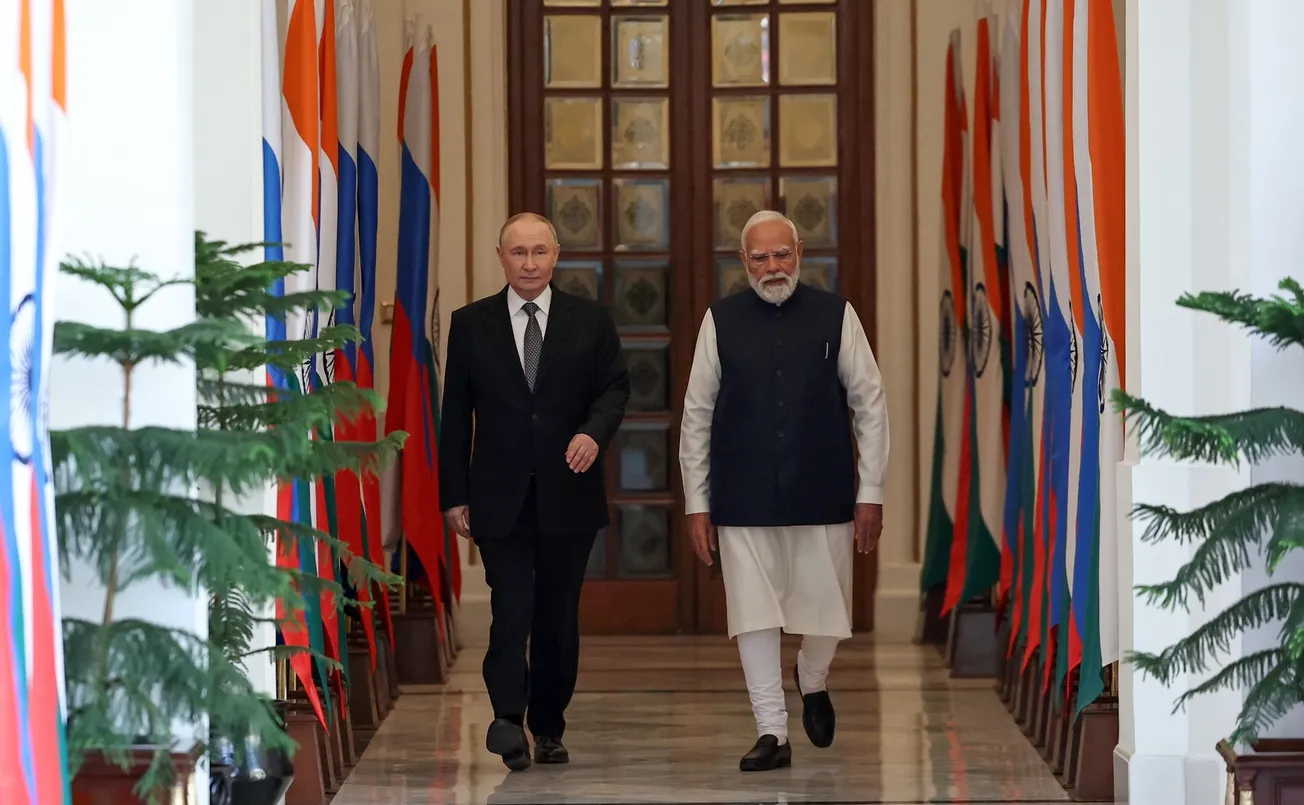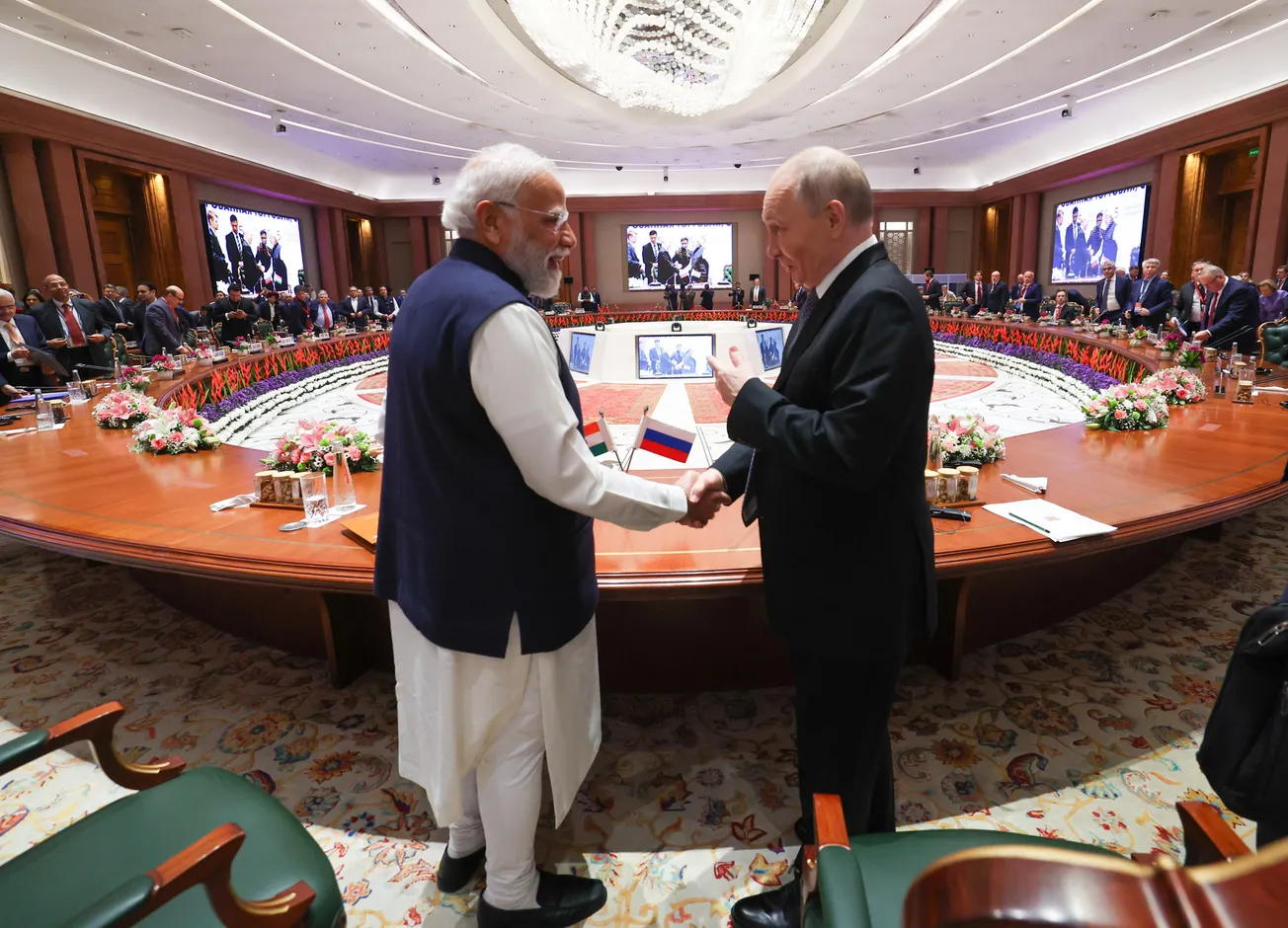China and Russia are playing a leading role in a new technological leap: superconducting power long-distance transmission lines which eliminate much of the power loss of conventional power lines, and are capable of carrying as much as five times more power as conventional power lines. This is the principle of superconducting, which is employed in processes ranging from magnetically levitated trains and China’s Experimental Advanced Superconducting Tokamak (EAST), to magnetic resonance imaging (MRIs) and particle accelerators.
Below a certain critical temperature, a superconducting material allows charges to move through it with zero resistance. In theory, it allows electrical energy to be transferred between two points with perfect efficiency, losing nothing to heat. First seen in mercury in 1911 at the extremely low temperature of 4 K (−269°C or −452°F), superconductivity has been evoked in materials at increasingly higher temperatures, capable of being reached through liquid helium and then liquid hydrogen. These newer substances are known as “high-temperature superconductors.”
Using superconducting power transmission systems could save significant amounts of power; as much as 4-8% of transmitted electricity is lost through dissipative heat in current systems.
The Chinese government began a demonstration project of superconducting transmission lines in Shanghai (population 27 million), with a 1.2 km, 35-kilovolt high-temperature superconducting cable. Xinhua reported on Feb. 21, 2019, “Shanghai has started a trial project to install superconducting cables in the city’s power grids, the Municipal Commission of Economy and Informatization said.” If the demonstration is successful, superconducting transmission could be used for significant sections of Shanghai’s large power grid.





